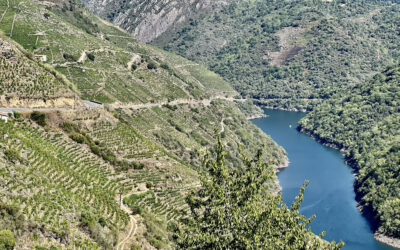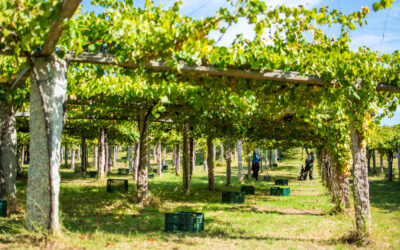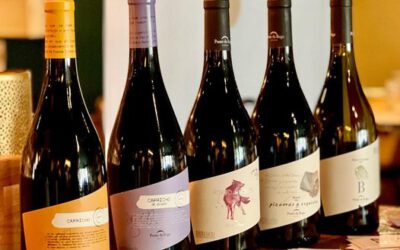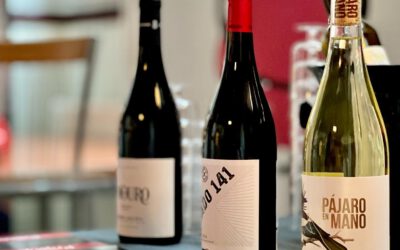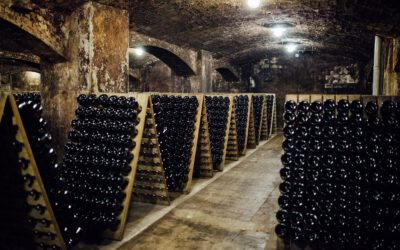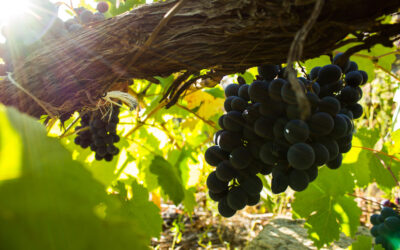Ribeiro: the oldest Denominación de Origen (DO) of Galicia
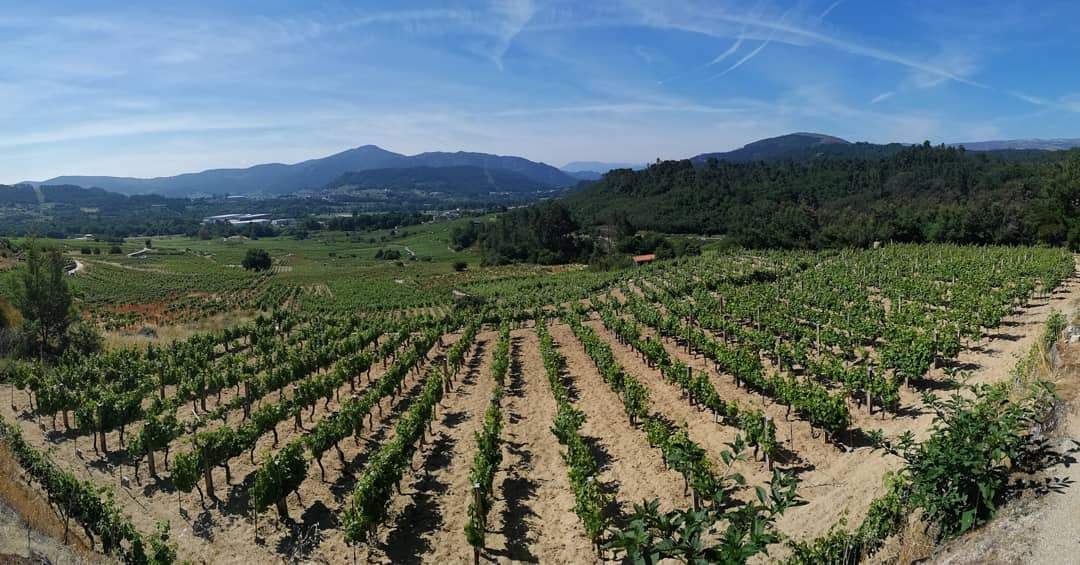
Ribeiro DO is the oldest of all the Galician DOs , founded in 1932. Although there are writings that mention Ribeiro wine from the time of the Romans, and a regulation on how to make Ribeiro wine from 1725.
Ribeiro, which means “riverbank” in Galician, is a DO known for its whites, which overwhelmingly dominate production, with a percentage of 92%. The rest is left for the reds, and in very small quantities to produce Tostado do Ribeiro and Sparkling wines.
The DO Ribeiro is located in the northernmost part of the province of Ourense and at the confluences of the valleys formed by the rivers Miño, Avia and Arnoia. Geographically, the differentiation of these three valleys that make up the Designation of Origin makes Ribeiro “a mosaic of diversity”.
Separated from the Atlantic Ocean by about 45 kilometres, in a very particular area and of excellent aptitude for the cultivation of vines. With an area of approximately 2,500 hectares, the production area of wines protected by the DO Ribeiro covers 14 municipalities. A characteristic that marks this territory is the smallholdings, the complex orography, and the use of traditional techniques in the work of the vineyard.
The distance from the ocean should mean a greater Atlantic character of the environment, but the orography of mountain ranges that limits the denomination to the west and north, exerts an important protective effect.
The soils of the Ribeiro are characterized by being encompassed in three main types. Most of them are developed from granitic materials, with sandy loam textures and, to a lesser extent, sandy and frank. We also find soils of metamorphic materials of shale, and those developed from sedimentary materials with more loamy textures.
Characteristic of the Ribeiro is the “sábrego”, decomposed granite, which is very abundant in the area. Its high sand content, especially on the surface horizon, contrasts with the low clay content. A large part of the cultivation of the soils is terraced to reduce the slopes and facilitate tillage by taking advantage of the slopes and the sunshine.
Traditionally, Ribeiro wines are made from blends of native varieties, each of them contributing its own peculiarities.
Among the Ribeiro grape varieties, the most characteristic are the preferential white varieties: Treixadura (the queen of Ribeiro), Torrontés, Godello, Albariño, Loureira, Lado and Caíño blanco. Among the varieties of red grapes from the Ribeiro we will differentiate into the preferential ones: Caíño longo, Caíño bravo, Caíño red, Ferrón, Sousón, Mencía and Brancellao.
